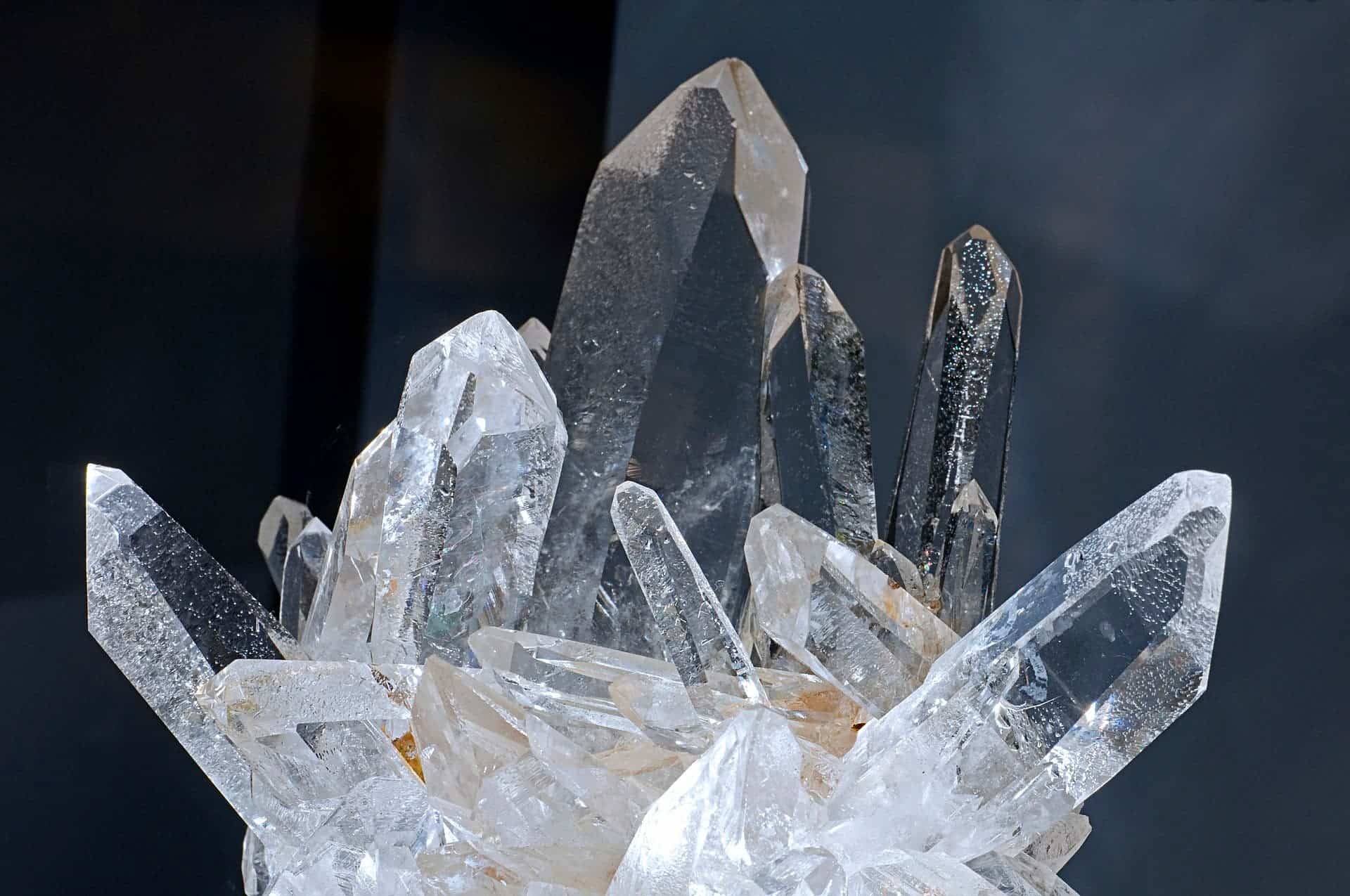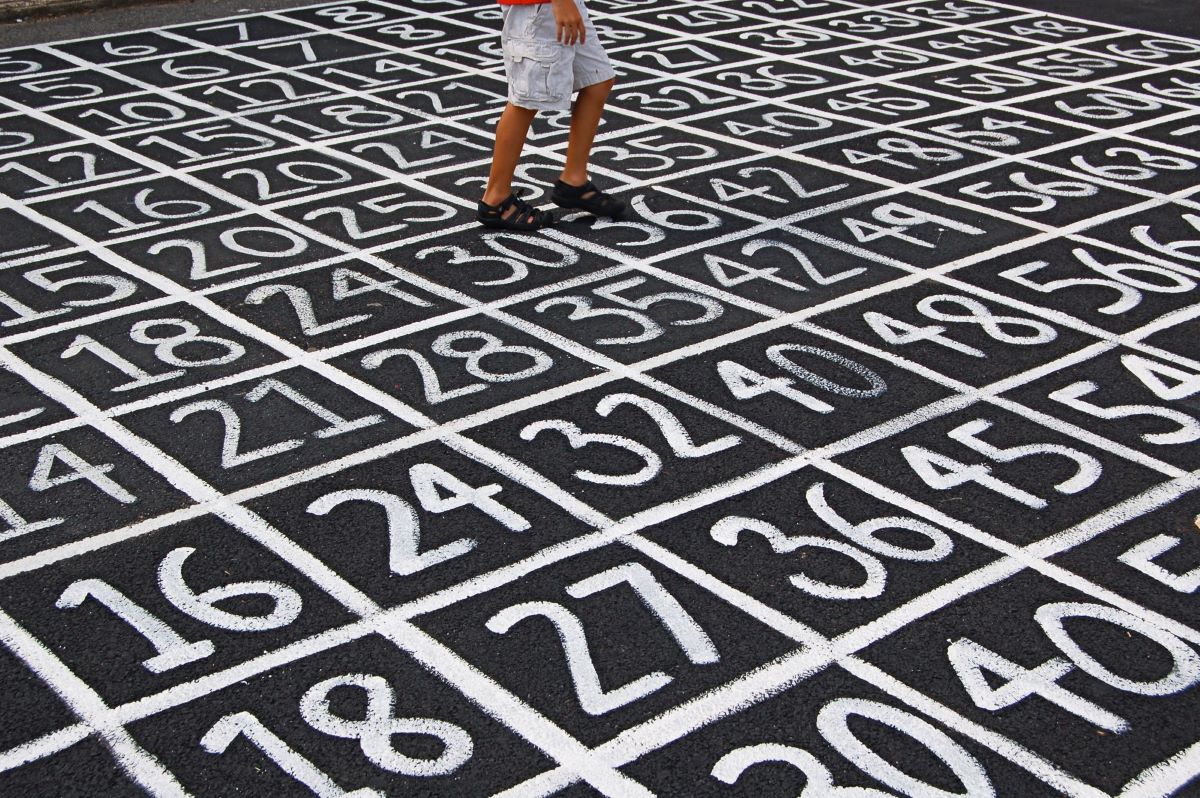
Quartz, with its stunning beauty and remarkable properties, is a popular mineral that has fascinated scientists and captivated enthusiasts for centuries. This versatile gemstone, formed from silicon and oxygen atoms, is not only aesthetically pleasing but also boasts a myriad of intriguing and unique characteristics. From its abundance in the Earth’s crust to its use in technology and spirituality, quartz has left an indelible mark on various aspects of our lives. In this article, we will delve into 19 fascinating quartz fun facts that will broaden your understanding and appreciation of this mesmerizing mineral. So, let’s embark on a journey to uncover the extraordinary world of quartz!
Key Takeaways:
- Quartz is a widely abundant mineral with diverse colors and uses, from electronics to jewelry. Its piezoelectric properties and resistance to weathering make it truly fascinating.
- From its role in the Earth’s crust to its presence in sand and geodes, quartz has been cherished for its beauty and metaphysical properties throughout history. It’s a mineral full of surprises!
Quartz is one of the most abundant minerals on Earth.
Found in various geological formations worldwide, quartz is plentiful and widely distributed, making it a commonly found mineral across the globe.
Quartz is composed of silicon and oxygen atoms.
It belongs to the tectosilicate group of minerals and has a chemical formula of SiO2, which means each quartz crystal is made up of one silicon atom bonded with two oxygen atoms.
Quartz has a hardness of 7 on the Mohs scale.
With a rating of 7, quartz is considered a relatively hard mineral. It can scratch glass and is harder than many other minerals commonly found in the Earth’s crust.
Quartz crystals exhibit piezoelectric properties.
When subjected to mechanical stress or pressure, quartz crystals generate an electric charge. This property has made quartz valuable in various electronic applications, such as watches and sensors.
Quartz can occur in a variety of colors.
While quartz is commonly known for its clear or transparent form, it can also occur in various colors, including pink, purple, yellow, blue, and even black. The color variations are due to impurities present in the crystal structure.
Quartz is used in the production of glass and ceramics.
Due to its high silica content, quartz is a key ingredient in the manufacture of glass and ceramics. It provides strength, transparency, and resistance to heat, making it an essential component in these industries.
Rose quartz is a popular variety of quartz.
Renowned for its delicate pink hue, rose quartz is a sought-after gemstone. It is often used in jewelry and is believed to possess healing properties that promote love, compassion, and emotional well-being.
Citrine is another popular quartz variety.
Known for its vibrant yellow color, citrine is a variety of quartz often used in jewelry. It is also referred to as the “merchant’s stone” and is associated with abundance, prosperity, and success.
Quartz can be found in many different types of rocks.
Quartz is commonly found in igneous, sedimentary, and metamorphic rocks. It can be present in granite, sandstone, shale, gneiss, and many other rock formations.
Quartz is resistant to chemical weathering.
Unlike some minerals that are susceptible to chemical changes when exposed to the elements, quartz is highly resistant to weathering. This makes it durable and long-lasting in various geological environments.
Quartz has a low thermal expansion coefficient.
Quartz exhibits minimal expansion when exposed to changes in temperature. This property makes it valuable in various high-precision instruments, where stability and accuracy are paramount.
Quartz is widely used in the electronics industry.
Due to its piezoelectric properties, quartz is extensively used in electronic devices such as oscillators, filters, and timers. Its precise oscillation frequency makes it crucial for accurate timekeeping and signal processing.
Quartz can form beautiful and intricate crystal structures.
Quartz crystals often showcase mesmerizing geometric patterns and intricate internal structures. These natural formations have captivated humans for centuries and are highly regarded in the mineral collecting community.
Quartz is a key component in the Earth’s continental crust.
Quartz accounts for a significant portion of the Earth’s continental crust. It reinforces the structure of rocks and contributes to the overall stability and strength of the Earth’s landmasses.
Quartz is a major component of sand.
The most common form of sand found on beaches and deserts is predominantly made up of quartz grains. Its durability and resistance to weathering make it an integral part of sandy environments.
Quartz has been used since ancient times for various purposes.
Throughout history, humans have utilized quartz for tools, jewelry, and decorative objects. Its durability, beauty, and mystical qualities have made it a cherished material in many cultures.
Quartz can exhibit fluorescence under ultraviolet light.
Certain varieties of quartz may display bright fluorescence when exposed to ultraviolet light. This phenomenon adds an extra dimension of beauty and intrigue to these already fascinating crystals.
Quartz can be found in geodes.
Geodes are spherical rock formations that contain a cavity lined with crystals. Quartz is a common mineral found inside geodes, often forming stunning crystal clusters and druzy coatings.
Quartz is believed to have metaphysical properties.
In the realm of metaphysics and crystal healing, quartz is regarded as a powerful and versatile stone. It is associated with clarity, energy amplification, and spiritual transformation.
Conclusion
In conclusion, quartz is a fascinating mineral that has a wide range of applications and interesting properties. From its abundance in the Earth’s crust to its use in various industries, quartz is truly a versatile and remarkable mineral. Whether you’re amazed by its crystal structures, impressed by its durability and hardness, or intrigued by its electrical properties, quartz continues to captivate scientists, jewelers, and enthusiasts alike. The next time you come across this beautiful mineral, take a moment to appreciate its unique attributes and the wonders of the natural world.
FAQs
1. What is the mineral composition of quartz?
Quartz is composed primarily of silicon and oxygen atoms, with a chemical formula of SiO2.
2. How is quartz formed?
Quartz is formed in a variety of ways. It can be found in igneous, metamorphic, and sedimentary rocks, as well as in hydrothermal veins.
3. What are some common uses of quartz?
Quartz has numerous applications. It is widely used in the production of glass, ceramics, electronics, and even in the manufacturing of watches and jewelry.
4. Is quartz a valuable gemstone?
Yes, quartz is a highly valued gemstone. Some varieties, such as amethyst and citrine, are considered precious gemstones and can fetch high prices in the market.
5. Can quartz be found in different colors?
Absolutely! Quartz can be found in a range of colors, including clear, white, pink, purple, yellow, and brown. Each color is caused by impurities or trace elements present in the crystal structure.
6. How durable is quartz?
Quartz is one of the hardest minerals on Earth, ranking at a 7 on the Mohs scale of hardness. This makes it highly resistant to scratches and abrasions.
7. Are there any famous quartz crystal formations?
Yes, there are several notable quartz crystal formations around the world. One of the most famous is the Crystal Cave in Mexico, known for its massive selenite crystals.
8. Can quartz be used for healing purposes?
Quartz has long been associated with healing properties and is believed to possess positive energy. Many people use quartz crystals for meditation and various holistic practices.
9. Is quartz a renewable resource?
Quartz is considered a renewable resource as it is abundant in the Earth’s crust and can be mined sustainably. However, responsible mining practices are crucial to ensure its long-term availability.
10. How do I care for quartz jewelry?
To care for quartz jewelry, simply clean it with mild soap and warm water. Avoid exposing it to harsh chemicals or extreme heat, as it may cause damage to the stone.
Was this page helpful?
Our commitment to delivering trustworthy and engaging content is at the heart of what we do. Each fact on our site is contributed by real users like you, bringing a wealth of diverse insights and information. To ensure the highest standards of accuracy and reliability, our dedicated editors meticulously review each submission. This process guarantees that the facts we share are not only fascinating but also credible. Trust in our commitment to quality and authenticity as you explore and learn with us.


